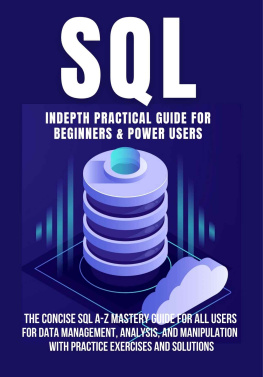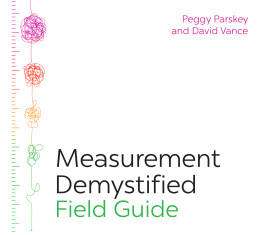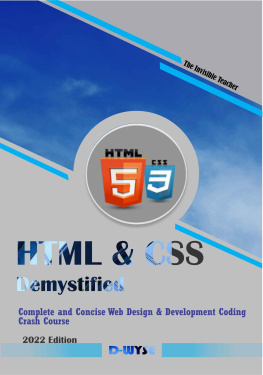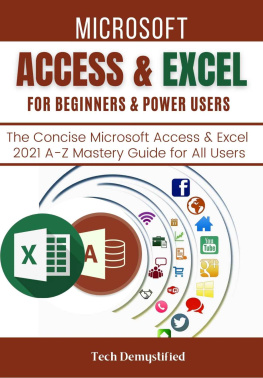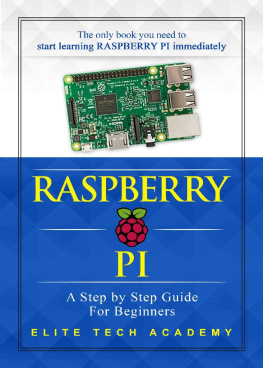Demystified Tech - SQL INDEPTH PRACTICAL GUIDE FOR BEGINNERS & POWER USERS
Here you can read online Demystified Tech - SQL INDEPTH PRACTICAL GUIDE FOR BEGINNERS & POWER USERS full text of the book (entire story) in english for free. Download pdf and epub, get meaning, cover and reviews about this ebook. year: 2021, genre: Home and family. Description of the work, (preface) as well as reviews are available. Best literature library LitArk.com created for fans of good reading and offers a wide selection of genres:
Romance novel
Science fiction
Adventure
Detective
Science
History
Home and family
Prose
Art
Politics
Computer
Non-fiction
Religion
Business
Children
Humor
Choose a favorite category and find really read worthwhile books. Enjoy immersion in the world of imagination, feel the emotions of the characters or learn something new for yourself, make an fascinating discovery.
- Book:SQL INDEPTH PRACTICAL GUIDE FOR BEGINNERS & POWER USERS
- Author:
- Genre:
- Year:2021
- Rating:4 / 5
- Favourites:Add to favourites
- Your mark:
- 80
- 1
- 2
- 3
- 4
- 5
SQL INDEPTH PRACTICAL GUIDE FOR BEGINNERS & POWER USERS: summary, description and annotation
We offer to read an annotation, description, summary or preface (depends on what the author of the book "SQL INDEPTH PRACTICAL GUIDE FOR BEGINNERS & POWER USERS" wrote himself). If you haven't found the necessary information about the book — write in the comments, we will try to find it.
SQL INDEPTH PRACTICAL GUIDE FOR BEGINNERS & POWER USERS — read online for free the complete book (whole text) full work
Below is the text of the book, divided by pages. System saving the place of the last page read, allows you to conveniently read the book "SQL INDEPTH PRACTICAL GUIDE FOR BEGINNERS & POWER USERS" online for free, without having to search again every time where you left off. Put a bookmark, and you can go to the page where you finished reading at any time.
Font size:
Interval:
Bookmark:
SQL
INDEPTH PRACTICAL GUIDE
FOR BEGINNERS & POWER USERS

Tech Demystified
Copyright 2021
Tech Demystified
Fritsche King
All rights reserved. No part of this publication may be reproduced, distributed, or transmitted in any form or by any means, including photocopying, recording, or other electronic or mechanical methods, without the prior written permission of the publisher, except in the case of brief quotations embodied in critical reviews and certain other noncommercial uses permitted by copyright law. For permission requests, write to the publisher, addressed Attention: Permissions Coordinator, at the address below.
ISBN : 9798483288497
TABLE OF CONTENTS
SQL stands for Structured Query Language . It is the language used to communicate and interrogate databases. This guide will teach you how to practically understand SQL irrespective of your perspective towards SQL.
This is a guide for beginners and advanced-level professionals who want to know and update their skills from knowing to understanding SQL. Mainly, it is assumed that you have no knowledge of SQL which illustrates that we are starting from scratch, it will teach you the basics of SQL.
SQL is a standard language that is internationally used. There are several functionalities of this language or database management system that is being used. However, some of the database systems have their unique proprietary versions of the SQL language but they all are required to perform certain functions in the same way. The functions are; create, read , update, and delete. They are collectively known as CRUD . So, all database management systems perform CRUD in the same way.
This guide is designed with the beginner in mind so there are no requirements or prerequisites before you can take this guide. Anyone from any background who has just got a curiosity for how databases work can take this practical guide. In this guide, you will be taught the basics of how to get information out of a database and how to put information into a database. It will also show you how to create, update or change information that is already present in the database. It will also show you how to remove information from a database so anyone is welcome to take this guide.
SQL requires a database to work with, in this guide we will be making use of Oracle which comes with a lot of preinstalled datasets and other functionality. Oracle database is a very powerful database, it has a lot of functionality. You would need to improve your skills with SQL on the things you will learn in this practical guide, which you can apply to any database system. What will be explained here is the standard SQL that will be used or can be used for any database? I am not using any proprietary database commands in this guide. It is a standard language that will work across all databases.
SQL is a computer language that is used for storing, manipulating, and retrieving data in databases. It was invented by IBM, and was initially named Sequel later it was renamed SQL which stands for structured query language .
In today's world, nearly all big companies or businesses are investing in technology. To gather, handle and transform a large amount of data, SQL can help us do two things with this large amount of data:
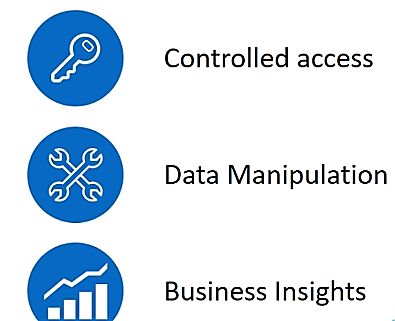
- It can help us grant controlled access to this data.
- You can manipulate this data so that business managers can take out vital insight from it, and make key business decisions
There are mainly three types of people that use SQL
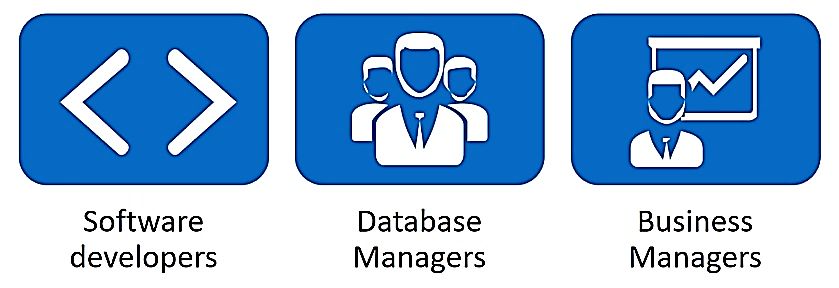
First, the software developers or the programmers. These people create applications or programs where there is a database at the backend, these databases will then have data that the business requires
Secondly, the database manager or database administrator. These people are the operations people for that company, they manage the database of these huge companies
Thirdly, the non-IT people which are the business managers or the research analyst or evenly marketing analyst. They use this data to find out business insights, and then uses this data and information they get to take key business decisions
Now, let us see, what a database is. A database is an organized tool capable of keeping data or information that can be retrieved effectively and efficiently. A database is the collection of organized information of data stored in a table, while the table stores information in rows and columns just like an Excel spreadsheet.
There are two parts to the data being stored
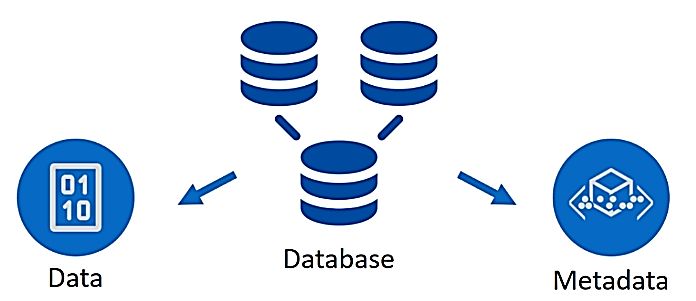
The second part is the metadata , metadata defines and describes the data structure, having this information in the database will help you to retrieve the data from the database faster. You will often hear that SQL works on relational databases. Simply put, relational databases are nothing but a collection of tables, and these tables have some relationship that is, they are related in some way.

A record in a table is a row of data. An attribute is a column in the table which contains the same type of values for all the records. The intersection of these rows and columns is called a cell, and it contains a unique single value. For example, student 1 with age 18 , gender as male , score as 89, and rank as is a record. Each student comprises one record but the age of all the students is an attribute of all the students. So, age 18 is the attribute of student 1, and this 18 is a value in one single cell. Similarly, the score of 90 for student 2 is a unique value in a single cell.
Now that we know about databases, let us look at database management systems (DMBS).
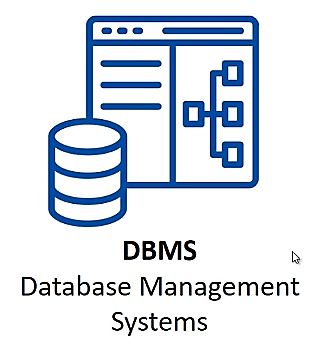
DBMS is used to define, manage, and process databases. A DBMS does the following:
- It allows modification of data.
- It allows the creation of new databases and their data structures.
- You need to retrieve that data from the database using queries that are also allowed by a DBMS.
- It allows storage of data over a long period so that whenever there is data in the DBMS it is not lost easily, it just stores it for a long period.
- It enables recovery in times of failure. Whenever there is some system failure or an error, and data is lost, it enables recovery of the data.
- It controls access to users; you can define who can access the database, and who cannot.
In this guide, we will look at, classification of commands in SQL. SQL commands are classified into 5 different parts:
- Data Definition Language (DDL): This part of SQL enables you to define the structure of your data with data definition language or DDL. You can create, change or delete the existing elements of the database. In a database, there are several types of elements like tables views, schemas, etc. We will be covering only tables for now. The other three will be discussed in a separate section at the end of this segment.
Font size:
Interval:
Bookmark:
Similar books «SQL INDEPTH PRACTICAL GUIDE FOR BEGINNERS & POWER USERS»
Look at similar books to SQL INDEPTH PRACTICAL GUIDE FOR BEGINNERS & POWER USERS. We have selected literature similar in name and meaning in the hope of providing readers with more options to find new, interesting, not yet read works.
Discussion, reviews of the book SQL INDEPTH PRACTICAL GUIDE FOR BEGINNERS & POWER USERS and just readers' own opinions. Leave your comments, write what you think about the work, its meaning or the main characters. Specify what exactly you liked and what you didn't like, and why you think so.

